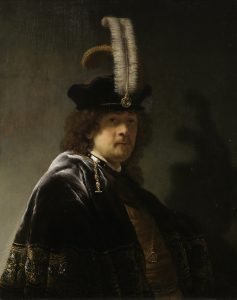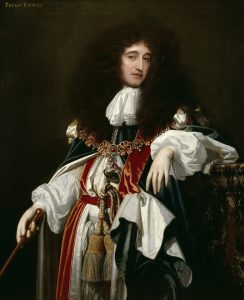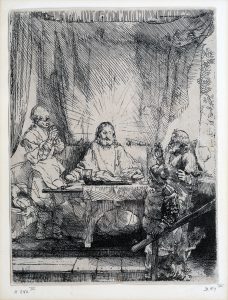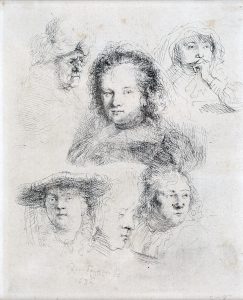
This week I am visiting Petworth House in West Sussex where their latest exhibition, Skyscape, has just opened. This exhibition showcases the extraordinary breadth of prints, paintings and objects in the Ashmolean’s collections. The show represents a collaborative partnership between the National Trust and the Ashmolean which brings together two great regional collections.
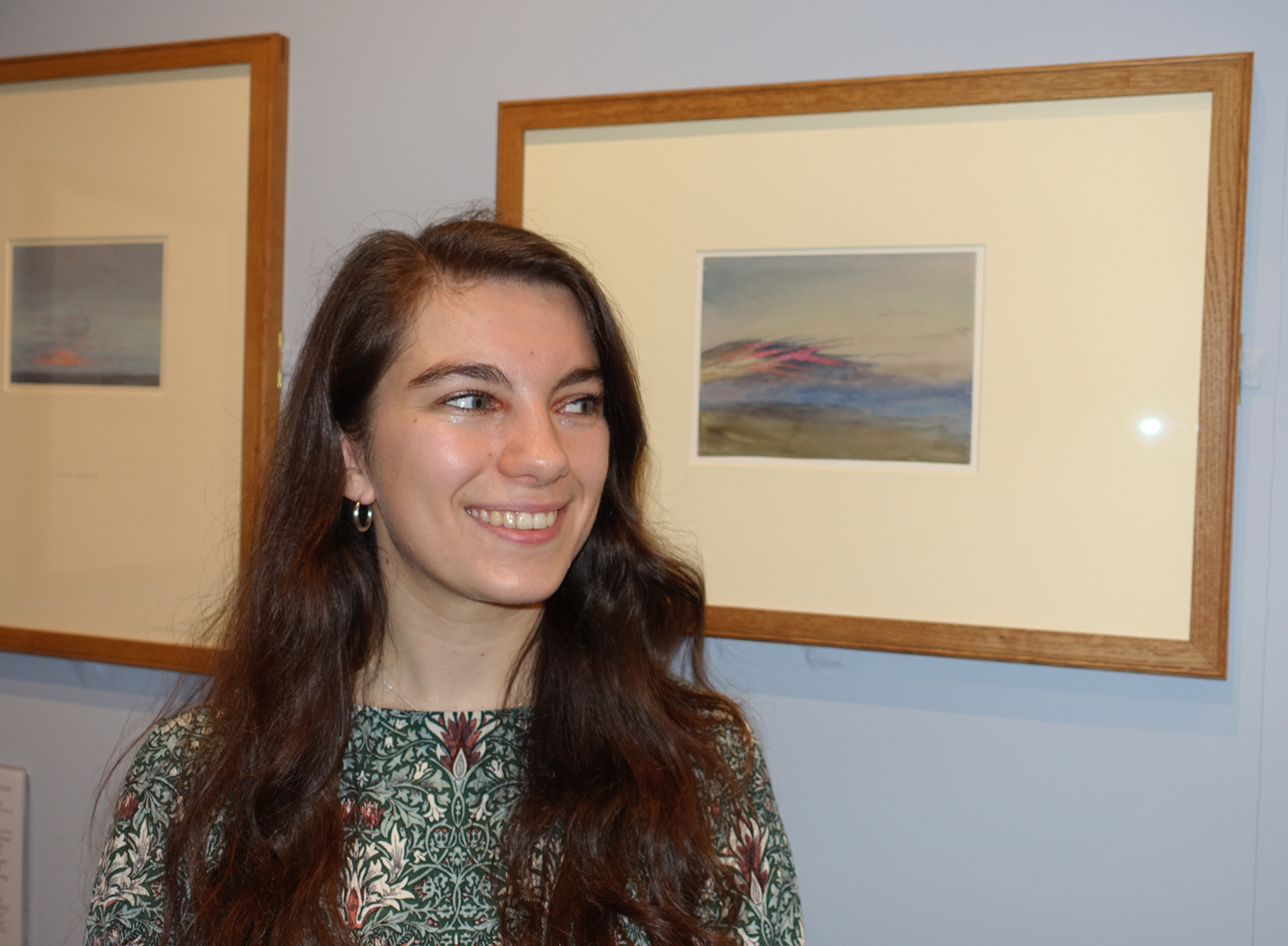
I meet with The National Trust’s Exhibition Assistant at Petworth, Natasha Powell. She is clearly excited to have worked with the Ashmolean on this show.
Speaking about the exhibition Natasha says “The exhibition is chronological and thematic. The prints and paintings date from the 16th century to the present day. They have been chosen for their depictions of the sky in a variety of mediums and techniques. And it’s exciting to see Petworth’s collection anew celebrating the sky rather than the landscape.”
All of us have experienced and understand the wonder of the sky, the fleeting, changing qualities of light, colour and movement.
The Ashmolean’s current major exhibition in Oxford explores Rembrandt van Rijn’s early work. I am pleased to find the etching Three Trees at Petworth. It was produced by Rembrandt in 1643 just a year after Saskia, the love of his life, died giving birth to their son. The combination of etched lines captures the approach of a foreboding sky. In the foreground a man stands fishing on the banks of a river as his wife watches with a picnic. Both are seemingly oblivious to the approaching storm.
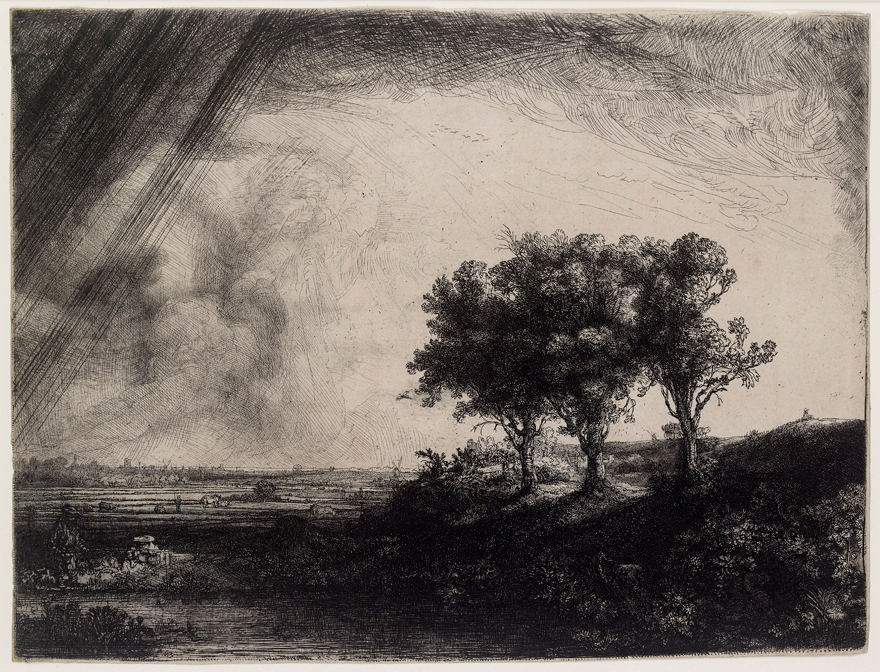
An artist of towering reputation, by the 1630s Rembrandt was highly respected. His fame and reputation as a painter ensured that his prints were seen as originals and not mere reproductions. Contemporary collectors of his prints afforded Rembrandt a freedom of expression which was sometimes lacking amongst the patrons of his paintings.
Paul Nash’s watercolour study The Sun Descending is painted with an immediacy which Turner would have understood. Like Turner Paul Nash worked in Sussex. As an artist Nash returned again and again to the poetry of the English landscape. He sought to look beyond the immediate to what he referred to as the ‘genius loci’, the spirit of the place, to ‘a reality more real’.
Over in the main house I catch up with Andrew Loukes, the National Trust’s House and Collections Manager at Petworth, in the North Gallery. As we re-examine J.M.W. Turner’s skies Andrew says “Very few artists can paint like Turner and get it just right with his sheer virtuosity and ability to look at the world anew.” I am reminded how extraordinary Petworth’s own collections are.
Skyscape allows us to celebrate our shared experience of the sky and offers a fresh perspective.
I am delighted that Toovey’s are once again supporting Petworth House’s exhibition program. Skyscape is a revealing exhibition and runs until 18th March 2020. For more information on the exhibition, to book tickets and for opening times visit www.nationaltrust.org.uk/petworth.
